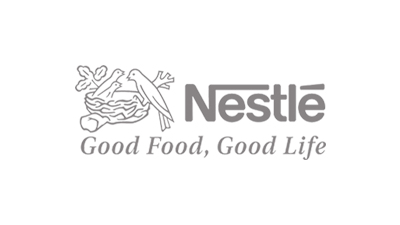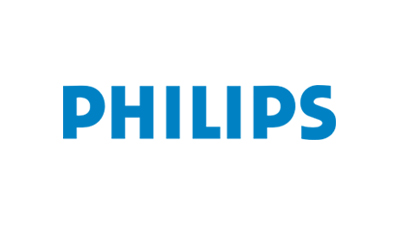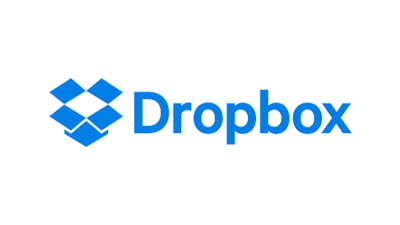Synthetic Leather is manmade fabric that looks like leather. It has leather like surface and is dyed and treated to make it have the look and feel of real leather. It is often used as a substitute for real leather because it is less expensive and it does not require using a real animal hide to create. Synthetic Leather was first produced near the turn of the century. The insufficient supplies and high cost of genuine leather brought about the demand for Synthetic Leather. Synthetic Leather has gradually replaced genuine leather in many fields. Over the past few decades, the demand for high quality Synthetic Leather has increased tremendously. Though there are a number of materials used to produce Synthetic Leather, PU and PVC remain the most commonly used choices in market. Normal PU is more flexible and has a much higher tensile, tearing and bursting strength. Furthermore, whereas PVC Synthetic Leather can only be used to make items with a low stress tolerance, Normal PU can be used to make a wide variety of products which must be made from strong materials with a high stress tolerance such as boots, shoes bags, luggage, belts, gloves, and upholstery for furniture and car seats. According to our (Global Info Research) latest study, the global Synthetic Leather market size was valued at USD 6294.5 million in 2022 and is forecast to a readjusted size of USD 6773.2 million by 2029 with a CAGR of 1.1% during review period. The influence of COVID-19 and the Russia-Ukraine War were considered while estimating market sizes. China is the largest market with about 40% market share. Europe and Japan are follower, accounting for about 30% market share. The key players are Kuraray, Toray, Teijin, Bayer, Shandong Friendship, Wangkang Group, Asahi Kasei, Duksung, Daewon Chemical, Filwel, Kolon, San Fang Chemical, Nanya, Wenzhou Imitation Leather, Anhui Anli, Fujian Tianshou, Shandong Jinfeng, Yantai Wanhua, Shandong Tongda, Jiaxing Hexin, Xiefu new materials, Huafeng Group, Wenzhou Huanghe, Meisheng Industrial, Xiamen Hongxin, Fujian Huayang, Sanling, Hongdeli etc. Top 5 companies occupied about 23% market share. This report is a detailed and comprehensive analysis for global Synthetic Leather market. Both quantitative and qualitative analyses are presented by manufacturers, by region & country, by Type and by Application. As the market is constantly changing, this report explores the competition, supply and demand trends, as well as key factors that contribute to its changing demands across many markets. Company profiles and product examples of selected competitors, along with market share estimates of some of the selected leaders for the year 2023, are provided. Key Features: Global Synthetic Leather market size and forecasts, in consumption value ($ Million), sales quantity (M Sqm), and average selling prices (USD/Sqm), 2018-2029 Global Synthetic Leather market size and forecasts by region and country, in consumption value ($ Million), sales quantity (M Sqm), and average selling prices (USD/Sqm), 2018-2029 Global Synthetic Leather market size and forecasts, by Type and by Application, in consumption value ($ Million), sales quantity (M Sqm), and average selling prices (USD/Sqm), 2018-2029 Global Synthetic Leather market shares of main players, shipments in revenue ($ Million), sales quantity (M Sqm), and ASP (USD/Sqm), 2018-2023 The Primary Objectives in This Report Are: To determine the size of the total market opportunity of global and key countries To assess the growth potential for Synthetic Leather To forecast future growth in each product and end-use market To assess competitive factors affecting the marketplace This report profiles key players in the global Synthetic Leather market based on the following parameters - company overview, production, value, price, gross margin, product portfolio, geographical presence, and key developments. Key companies covered as a part of this study include Kuraray, Toray, Teijin, Bayer and Shandong Friendship, etc. This report also provides key insights about market drivers, restraints, opportunities, new product launches or approvals, COVID-19 and Russia-Ukraine War Influence. Market Segmentation Synthetic Leather market is split by Type and by Application. For the period 2018-2029, the growth among segments provides accurate calculations and forecasts for consumption value by Type, and by Application in terms of volume and value. This analysis can help you expand your business by targeting qualified niche markets. Market segment by Type PVC Normal PU Microfiber PU Ecological Function PU Market segment by Application Sport Shoes Bags Furniture Car Interiors Sports Goods Major players covered Kuraray Toray Teijin Bayer Shandong Friendship Wangkang Group Asahi Kasei Duksung Daewon Chemical Filwel Kolon San Fang Chemical Nanya Wenzhou Imitation Leather Anhui Anli Fujian Tianshou Shandong Jinfeng Yantai Wanhua Shandong Tongda Jiaxing Hexin Xiefu new materials Huafeng Group Wenzhou Huanghe Meisheng Industrial Xiamen Hongxin Fujian Huayang Sanling Hongdeli Market segment by region, regional analysis covers North America (United States, Canada and Mexico) Europe (Germany, France, United Kingdom, Russia, Italy, and Rest of Europe) Asia-Pacific (China, Japan, Korea, India, Southeast Asia, and Australia) South America (Brazil, Argentina, Colombia, and Rest of South America) Middle East & Africa (Saudi Arabia, UAE, Egypt, South Africa, and Rest of Middle East & Africa) The content of the study subjects, includes a total of 15 chapters: Chapter 1, to describe Synthetic Leather product scope, market overview, market estimation caveats and base year. Chapter 2, to profile the top manufacturers of Synthetic Leather, with price, sales, revenue and global market share of Synthetic Leather from 2018 to 2023. Chapter 3, the Synthetic Leather competitive situation, sales quantity, revenue and global market share of top manufacturers are analyzed emphatically by landscape contrast. Chapter 4, the Synthetic Leather breakdown data are shown at the regional level, to show the sales quantity, consumption value and growth by regions, from 2018 to 2029. Chapter 5 and 6, to segment the sales by Type and application, with sales market share and growth rate by type, application, from 2018 to 2029. Chapter 7, 8, 9, 10 and 11, to break the sales data at the country level, with sales quantity, consumption value and market share for key countries in the world, from 2017 to 2022.and Synthetic Leather market forecast, by regions, type and application, with sales and revenue, from 2024 to 2029. Chapter 12, market dynamics, drivers, restraints, trends, Porters Five Forces analysis, and Influence of COVID-19 and Russia-Ukraine War. Chapter 13, the key raw materials and key suppliers, and industry chain of Synthetic Leather. Chapter 14 and 15, to describe Synthetic Leather sales channel, distributors, customers, research findings and conclusion.
1 Market Overview 1.1 Product Overview and Scope of Synthetic Leather 1.2 Market Estimation Caveats and Base Year 1.3 Market Analysis by Type 1.3.1 Overview: Global Synthetic Leather Consumption Value by Type: 2018 Versus 2022 Versus 2029 1.3.2 PVC 1.3.3 Normal PU 1.3.4 Microfiber PU 1.3.5 Ecological Function PU 1.4 Market Analysis by Applica









